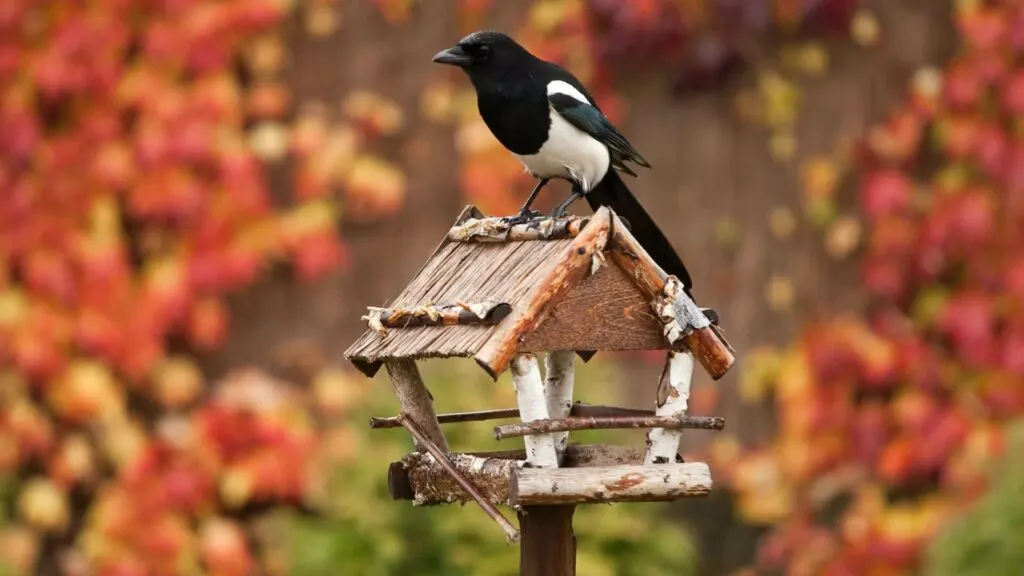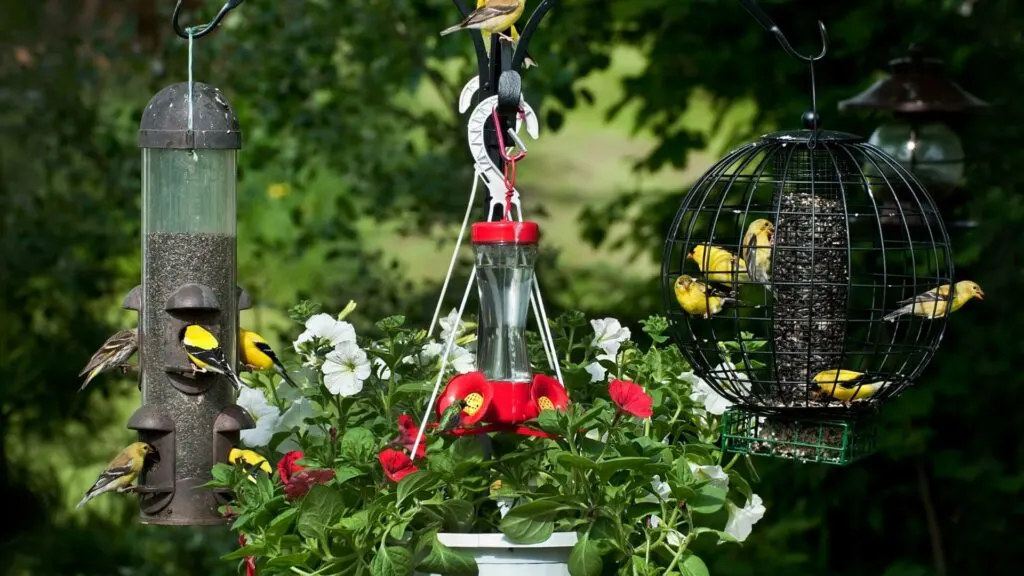Bird feeders are a fantastic way to attract diverse birds to your backyard, creating a lively atmosphere for nature enthusiasts. Choosing the right feeder requires understanding the species you want to attract, their dietary preferences, and feeding habits. There are many options, from small seed-eating bird feeders to platform feeders that attract various species. This guide helps bird lovers choose a feeder that meets their avian guests’ needs and enhances their outdoor space.

Choose the Right Materials
When shopping around for bird feeders, take durability into account. Opt for feeders made of galvanized steel and heavy-duty plastic that can withstand harsh weather conditions. If you live in an area with hot summers and cold winters, consider purchasing a UV-protected feeder to ensure the longevity of your purchase.
Additionally, look for feeders with drainage holes that are easy to clean with warm soapy water. For bird enthusiasts looking to attract large species such as woodpeckers and ravens, consider investing in heavy-duty bird feeder poles to ensure the stability of your feeders. These poles are typically placed deep in the ground with the end extending above the surface and can accommodate large feeders filled with sunflower seeds, peanuts, and suet cakes.
Understand Your Bird Species
Understanding the bird species in your area is the first crucial step in choosing the right feeder. Each bird species possesses unique characteristics, dietary preferences, and feeding habits. For instance, finches and sparrows are often attracted to tube feeders filled with small seeds such as nyjer, while woodpeckers and jays prefer suet feeders offering high-fat content food.
Hummingbirds, renowned for their vibrant colors and rapid wing movement, are drawn to nectar feeders. To attract these beautiful birds, opt for a feeder that is easy to remove and refill with freshly made nectar. If you’re looking to draw an array of birds to your garden, consider purchasing a combination of feeders that offer different types of food and accommodate various bird species.
Set Up a Bird Feeding Station
Once you have your feeder of choice in hand, it’s time to get creative and set up a bird feeding station. Place the feeders in locations that are visible yet safe from predators. To make the experience even more enjoyable for your feathered friends, consider adding simple decorations such as bird baths, nesting boxes, and benches to make the area more inviting.
In addition, birdhouses and nesting materials can provide a haven for birds while they feed. Finally, keep your bird feeding station clean by regularly refreshing food trays and emptying leftover seeds from the ground below; this will help ensure that no diseases are passed on from one species to another.
Keep the Location in Mind
When setting up a bird feeding station, location is critical. To ensure your birds’ safety and satisfaction, choose an area that is not only accessible for them but also away from potential predators such as cats and other animals. Additionally, place the feeders in areas with plenty of light but not too much direct sunlight, which can cause overheating.
Watch for plants or trees nearby, as birds use them for perching when not feeding. Lastly, always ensure your bird feeders are placed away from trailing wires and other sources of potential danger.
Choose The Right Food
As birds have different dietary needs, purchasing the right food for your feeders is essential. Sunflower seeds and suet are popular for tube feeders, while platform feeders can be filled with peanuts, cracked corn, and mealworms. Nectar feeders should be filled with a sugar water solution of four parts water to one part sugar.

It is also essential to ensure that your food is high quality and free from any chemicals or pesticides. Finally, regularly refresh the food in your feeders, as stale seeds can cause health problems for your feathered guests.
Monitor Bird Activity
Once your bird feeding station is set up, it’s time to sit back and watch the birds. To better understand which birds are visiting your feeders, keep track of their activity with a pair of binoculars or a camera. Noting down the various species and their behaviors can help you identify which feeder works best for them.
If you notice that a feeder is not receiving the expected activity, consider changing its location or the food type to attract a wider variety of birds. With regular monitoring and care, you can create a thriving bird community in your backyard – offering hours of entertainment for bird lovers of all ages.
Creating a bird feeding station is exciting and rewarding for nature lovers. With the proper feeders, food, and setup, you can provide a haven for birds, helping them thrive. Understanding local species and their dietary preferences allows you to construct a feeding station tailored to their needs. Regular maintenance and monitoring create a beautiful and beneficial outdoor space for your feathered friends.

Jessi is the creative mind behind The Coffee Mom, a popular blog that combines parenting advice, travel tips, and a love for all things Disney. As a trusted Disney influencer and passionate storyteller, Jessi’s authentic insights and relatable content resonate with readers worldwide.

How To Keep Birds As Pets In Your Garden — The Coffee Mom
Tuesday 5th of September 2023
[…] getting a birdbath as this will give the birds a place to rest and clean their feathers in. Bird feeders come in a variety of shapes and sizes, so be sure to choose one that is appropriate for the type of […]